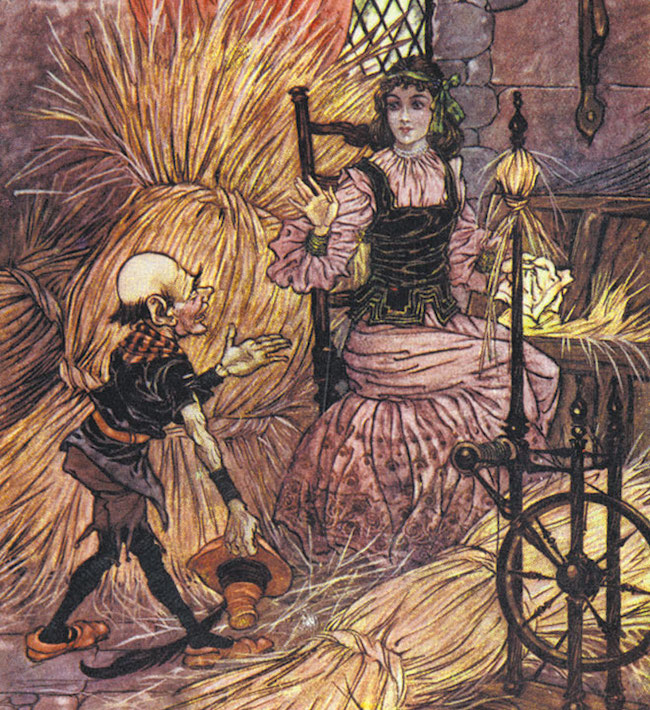“Rumpelstiltskin” is a bizarre story. Really—have you ever thought about how truly strange it is? Like many fairy tales, it’s full of unanswered questions: why would the miller claim that his daughter could spin straw in to gold? Why would the miller’s daughter want to marry someone who’d been threatening to kill her? And Rumpelstiltskin is the only named character in the story, so why is it so hard to guess his name?!
Okay, if you’re not familiar with the tale, here’s the short version: A miller brags to a king that his daughter can spin straw into gold. The king then locks her up in a room full of straw and tells her to spin it all into gold or else she’ll be beheaded. A little man appears and does the task in exchange for her ring, and again the next night, in exchange for her necklace. By the third night the deal changes in a couple of significant ways: the king tells the miller’s daughter he’ll marry her if she’s successful, and she agrees to give the little man her first-born child in exchange for his help, since she’s all out of jewelry. We tune back in a year later when the little man shows up to collect on their bargain, but gives the now-queen the opportunity to get out of their bargain, allowing her three days to guess his name. One of her servants spots Rumpelstiltskin singing a self-composed ballad about the whole story, and returns to give the queen the key information just in time.
Buy the Book
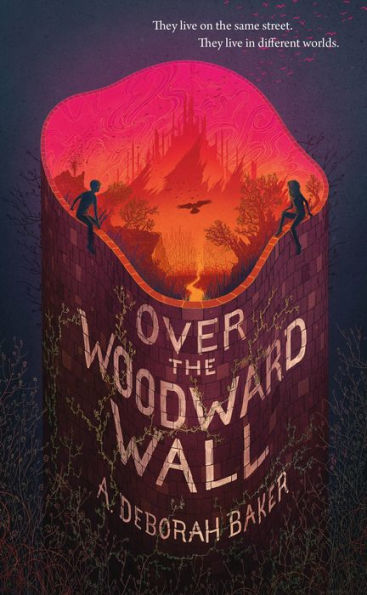

Over the Woodward Wall
Clearly the miller’s daughter and the king don’t have a basis for a healthy relationship: as it’s been pointed out, “Make me some gold or I’m gonna kill you” is a lousy approach to courtship. But for me, the most perplexing thing is that Rumpelstiltskin is generally seen as the bad guy in the story. There are many tales that feature the “magical help shows up three times” conceit, but in the vast majority, these helpers are a force for pure good, functioning as a kind of Dharmic reward for the heroine’s goodness, whether it’s help sorting the oats from the barley or handing over a pair of glass slippers in time for the ball.
There is certainly, as is the case with the best tales, a lot of room to consider this and reinterpret the characterization and wonder if it might be better to peel back the layers and look beyond the appearance of Rumpelstiltskin, who is in fact a magical helper, regardless of how “little” or “ugly” he may be described in the earliest versions of the story. And, to be fair, on ABC’s Once Upon a Time—in what’s probably the most widely popularized version of the character—Rumpelstiltskin is allowed a fair degree of both magic and ambiguity. These updates and remixes spend a lot more time digging below the surface appearances of things, and along the way we find that most people aren’t all good or bad when you get to know them a bit better—not even the mysterious Rumpelstiltskin.
The Rumpelstiltskin Problem by Vivian Vande Velde
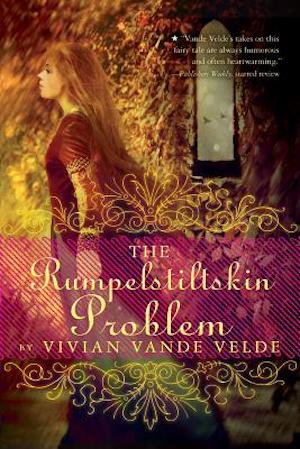
Vande Velde jumps right into the sticky issues with this book of six short stories re-envisioning a variety of Rumpelstiltskins. With a short introduction discussing all the ways the story doesn’t make sense, Vande Velde then rearranges and reimagines the various elements of the stories, all in ways that tend to make more sense than the original (at least to our modern sensibilities), some with magic, mostly without. Every character in the story gets a chance to be the hero in turn, all in unexpected and playful ways.
Spinning Silver by Naomi Novik
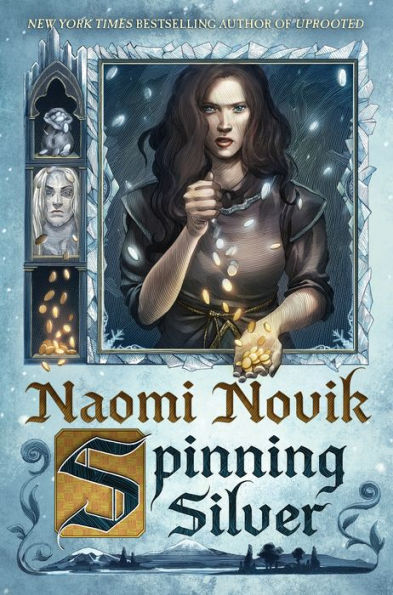
Miryem is the daughter of a moneylender, rather than a miller’s daughter, and she herself is the one to do the bragging about her skills, with a hard-earned reputation for turning silver to gold to back it up. Clever and determined, Miryem takes over her father’s business in ways that are entirely practical, but it’s her bragging that entangles her in the magical, bringing her to the attention of the otherworldly Staryk king, who demands that she turn the silver in his vaults into gold. This is less a retelling than a reshuffling of the motifs of “Rumpelstiltskin,” creating a fresher tale that still evokes the original in charming and satisfying ways.
Never After by Rebecca Lickiss
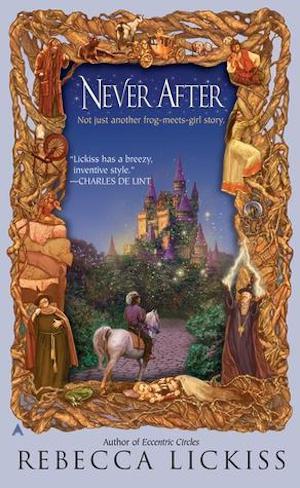
More a party for familiar characters than a straight retelling of any particular story, this book features one of my favorite iterations of the Rumpelstiltskin character. In a clever play on “Sleeping Beauty” (with “3 sleeping princes,” rather than “a sleeping princess,” surely a typographical error!) to get the ball rolling, this story sweeps together an ambitious wizard, a frustrated prince, and his cousin, a reluctant princess, on a quest to break the spell on the enchanted castle. They get in over their heads and run into many more delightful fairy tale characters over the course of their adventures. The expectations and pressure to behave in certain ways faced by the princess still feel particularly relevant, and the surprise twist in her storyline is one I still find satisfying.
A Curse Dark as Gold by Elizabeth C. Bunce
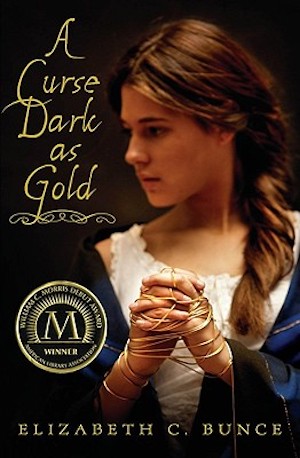
The miller’s daughter, Charlotte, becomes the miller in this YA retelling: after inheriting the mill, she continues to run it, in spite of community and family pressure to sell it. The Rumpelstiltskin in this tale is Jack Spinner, and the sweet and subtle love story is more nuanced than many other books aimed at the same age group (especially when the book was originally published). The “rescue” in this version doesn’t overshadow Charlotte’s own capabilities and gumption, making for an overall satisfying and balanced story. If you haven’t read this one yet, you’re in for a treat.
The Crimson Thread by Suzanne Weyn
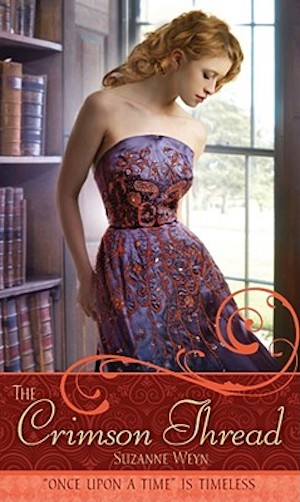
This non-magical retelling is set in 1880s New York City and follows the story of Bertie, a young Irish immigrant who becomes a seamstress in the employ of a textile tycoon. She becomes entangled with Ray Stalls, who mysteriously uses an old spinning wheel and crimson thread to create dresses that look like they’re spun with gold. There’s romance, but it’s sweet and subtle rather than front and center.
And one bonus entry!
Rumpelstiltskin’s Daughter by Diane Stanley
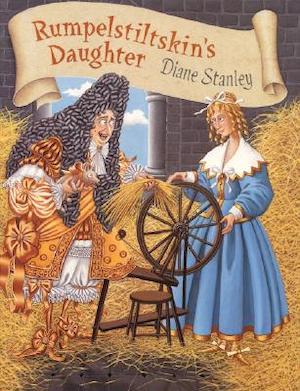
Yes, this one is a picture book and yes, you should absolutely read it. Rumpelstiltskin and the Miller’s daughter run off together (surely “I want to have your baby” is a better pickup line than “Gold or die!”), and a generation later, their daughter meets the king and helps him reorganize his economic strategy. This one is pure gold.
What are your favorite versions and fresh takes on this tale?
Rachel Ayers lives in Alaska, where she writes cabaret shows, daydreams, and looks at mountains a lot. She has a degree in Library and Information Science which comes in handy at odd hours, and she shares speculative poetry and flash fiction (and cat pictures) at patreon.com/richlayers.










